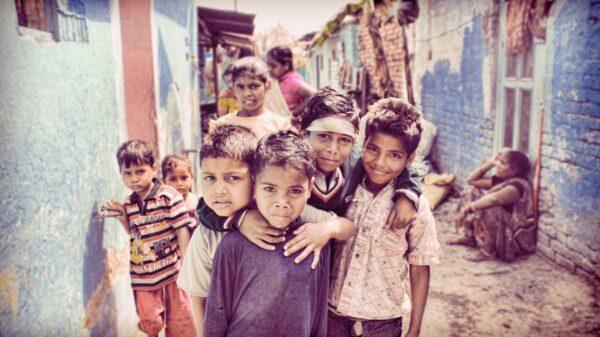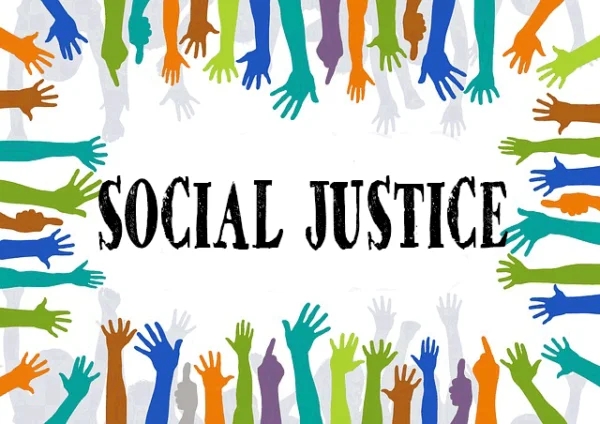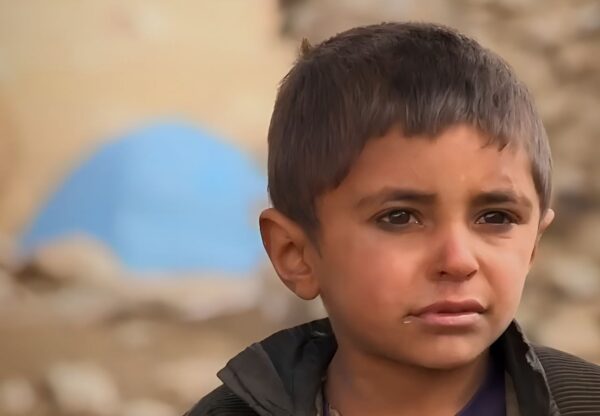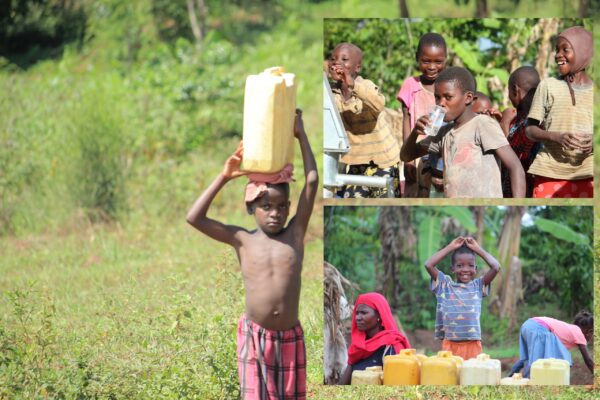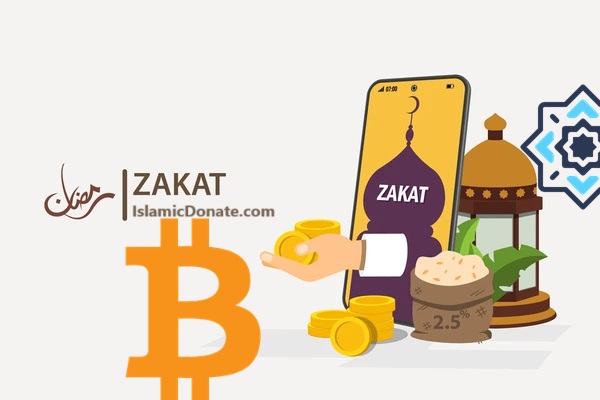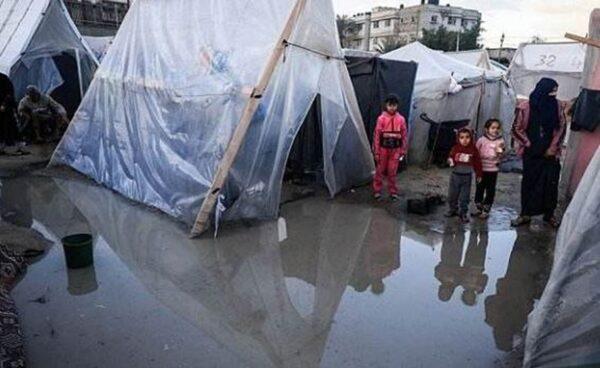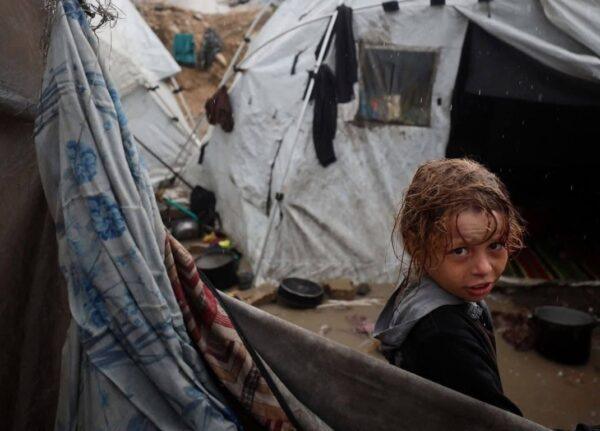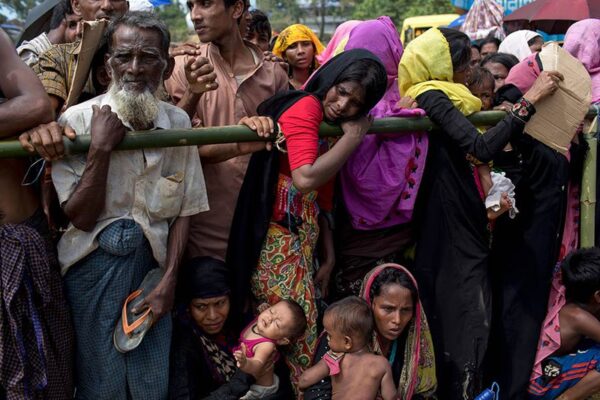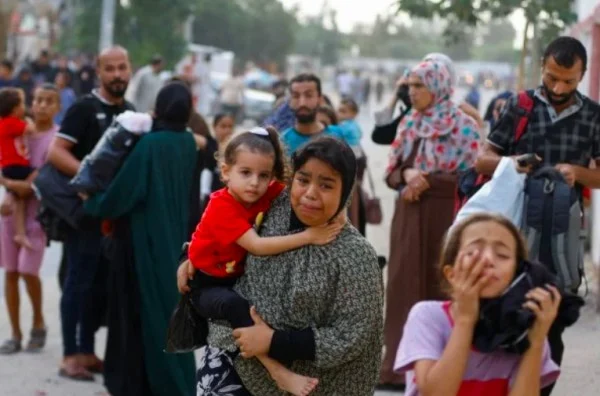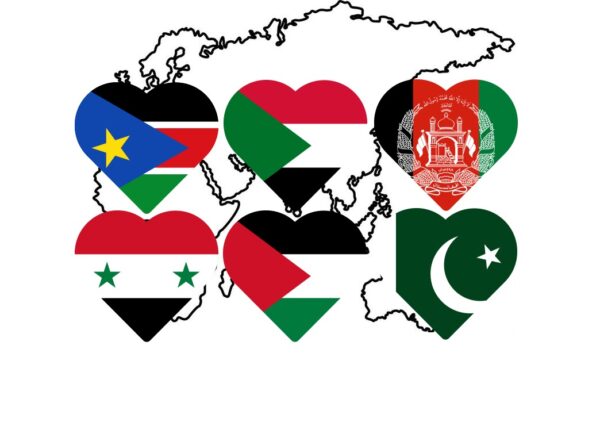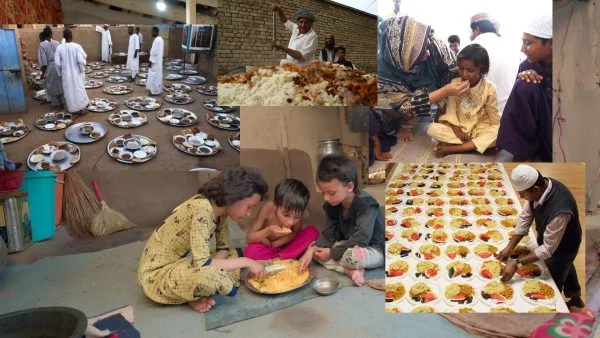Vulnerable children are those who are at risk of experiencing harm or neglect due to a range of factors, including poverty, social exclusion, family breakdown, disability, and conflict. These children may face a range of challenges and obstacles that can have a profound impact on their lives, both in the short and long term.
Vulnerable children may also be at increased risk of abuse, neglect, and exploitation. They may be more likely to experience physical, emotional, or sexual abuse, or to be forced into child labor or other forms of exploitation. This can have a lasting impact on their mental and emotional well-being, as well as their physical health.
The phrases “save the children” and “save the orphan” are calls to action that highlight the urgent need to protect and care for vulnerable children in our communities. The phrase “save the children” is a powerful reminder of the importance of protecting children from harm and ensuring that they have access to the resources and support they need to thrive. This might include providing them with food, shelter, and healthcare, as well as education, emotional support, and a safe and nurturing environment in which to grow and develop.
The phrase “save the orphan” is a reminder of the particular vulnerability of children who have lost one or both parents. These children may face a range of challenges, including poverty, lack of access to education and healthcare, and social isolation. As a result, they may be at increased risk of exploitation, abuse, and neglect, and may struggle to achieve their full potential. Children who grow up in poverty or who are homeless may go without basic necessities, which can have a significant impact on their physical and mental health. This can also impact their ability to learn and achieve their full potential, perpetuating a cycle of poverty and disadvantage.
One of the most well-known verses in the Quran that emphasizes the importance of caring for orphans is found in Surah Al-Baqarah, verse 83, which states: “And [remember, O Muhammad], when We took a covenant from the Children of Israel, [enjoining upon them], ‘Do not worship except Allah; and to parents do good and to relatives, orphans, and the needy. And speak to people good [words] and establish prayer and give zakah [charity].’ Then you turned away, except a few of you, and you were refusing.” This verse highlights the importance of caring for orphans as part of our duty to do good to others and to fulfill our obligations to Allah.
In another verse, Surah Ad-Duha, verse 10, Allah says: “Did He not find you an orphan and give [you] refuge?” This verse reminds us that even Prophet Muhammad (peace be upon him) was an orphan and that Allah provided him with refuge and protection. It serves as a reminder that we should also strive to provide refuge and protection to vulnerable children in our communities.
Vulnerable children may face significant barriers to accessing education and other opportunities. Children who are homeless or living in poverty may not have access to the resources they need to succeed in school, such as textbooks, computers, or a safe and quiet place to study. Children with disabilities may face additional barriers to accessing education and other opportunities, such as lack of accessibility or discrimination.
As a community, it is our responsibility to ensure that all children, including orphaned and vulnerable children, are protected and cared for. This means providing them with the resources and support they need to grow and develop, and ensuring that they have access to the same opportunities as their peers.
At our Islamic charity organization, we are committed to the mission of “saving the children” and “saving the orphan”. We believe that every child deserves a safe and nurturing environment in which to grow and thrive, and that it is our duty as a community to provide them with the support they need to achieve their full potential.
Through our programs and services, we work to provide food, shelter, healthcare, education, and emotional support to vulnerable children in our community. We believe that by working together, we can make a real difference in the lives of these children, helping them to overcome the challenges they face and achieve their dreams.
So let us all take up the call to “save the children” and “save the orphan”. Let us work together to ensure that every child in our community has access to the resources and support they need to thrive, and that no child is left behind. Together, we can make a real difference in the lives of these children, and in the future of our community as a whole.


